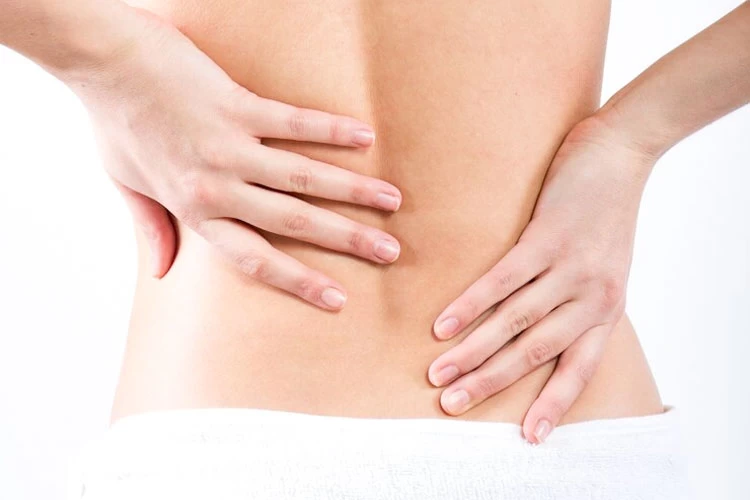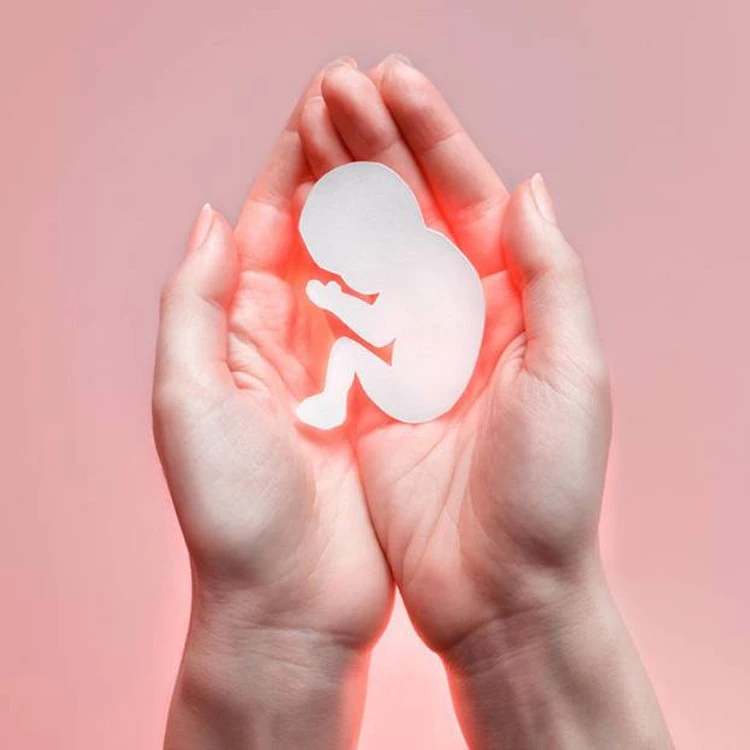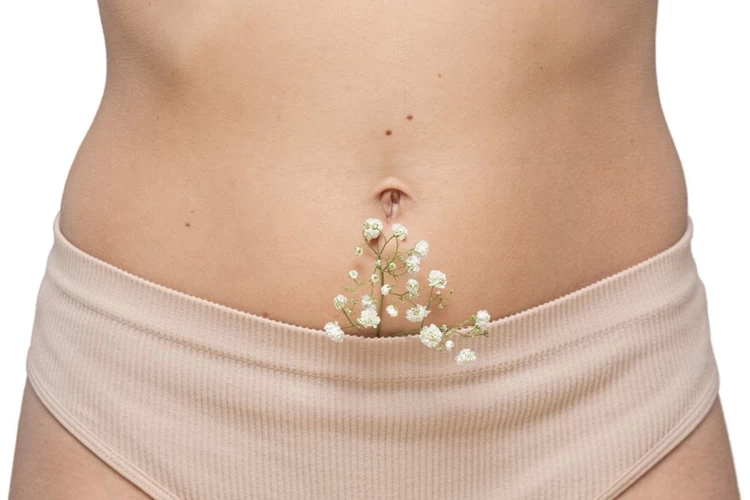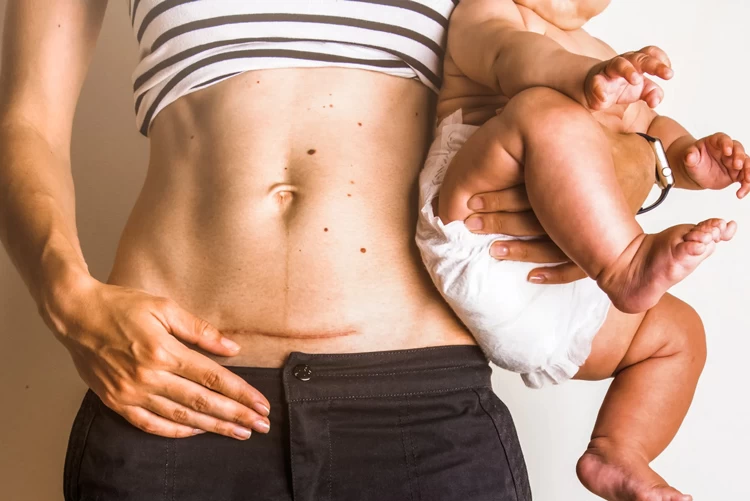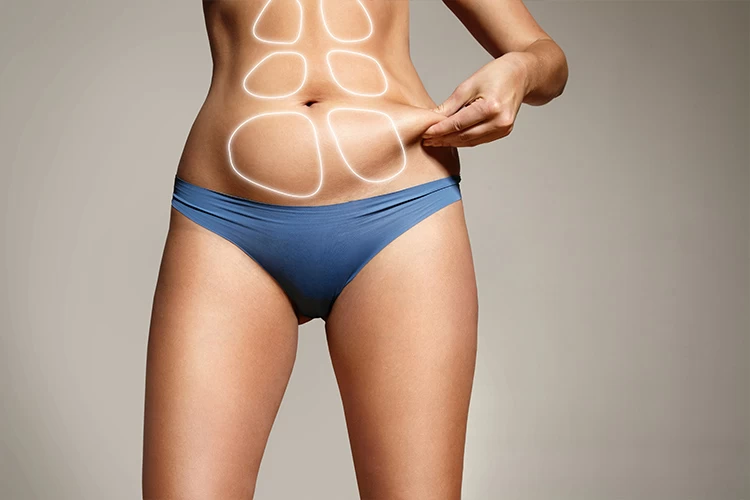The breast implants drop and fluff 3 to 6 months after the breast augmentation surgery. When they settle in their intended position, your breasts look and feel more natural. The process of drop and fluff may begin sooner if you wear a supportive bra, avoid heavy activities, massage your breasts every day, drink plenty of water, and adjust your sleeping position to your current breast condition.
Full chin lipo recovery takes about 3 to 4 weeks, with the first week being the hardest. You need to wear a compression garment and limit your physical activities until your wounds are completely healed and your chin's swelling subsides. Luckily, the results of chin liposuction are lifelong if you keep your weight stable.
With thigh liposuction, you will have slimmer and more proportioned legs in just a couple of months. The most popular techniques of thigh lipo are tumescent, ultrasound-assisted, laser-assisted, and power-assisted. In all these methods, the fat cells are first liquified and then are suctioned out of the body through a small hole in the skin. The recovery of thigh lipo takes only two weeks, and its results are revealed within 4 to 6 weeks.
In back lipo, the surgeon melts the fat pockets with sound waves and removes them with a suction device. The goal of this operation is to reshape the back and love handles, improve the posture, and remove the bra rolls. Common and temporary complications of back liposuction are infection, uneven skin, swelling, and minimal scarring. You can enjoy the results of this procedure after 3 to 4 months.
Preventing miscarriage, or at least reducing its risk, is attainable through getting regular check-ups, taking necessary vaccines and medications, managing infection, being more active, and avoiding harmful substances. What you eat and drink also plays an important role in lowering the risk of repeated miscarriage. Have more beans, whole grains, roasted chicken, sugar-free drinks, etc., to balance your hormones and prepare your body for holding the baby for 40 weeks.
Recurrent miscarriage refers to losing a fetus more than two times in a row. This happens due to immunological disorders, hormonal problems, uterus issues, chromosomal defects, infection of the reproductive system, metabolism disorders, and other factors. Fortunately, recurrent miscarriages can be treated by medication, assisted reproductive techniques, surgery, and lifestyle modifications.
Both full and mini tummy tucks aim to shrink the stomach and waistline, but they differ in incision size, operated parts, and the amount of fat and skin they remove. A full tummy tuck is mainly done to repair abdominal muscle, remove a significant amount of skin, and reduce the stretch marks, but it needs large cuts and involves a big scar. On the other hand, Mini tummy tuck offers a smaller incision, but its results are less prominent. If you have a small amount of fat and loose skin, mini abdominoplasty suits you better.
The location and shape of the belly button are changed during the tummy tuck to fit the new stomach’s size. In this operation, the surgeon cuts the abdomen to separate the umbilicus from its surrounding tissue. The belly button is repositioned once the stomach’s muscles are tightened and excess skin is trimmed. It takes 6-12 months for the umbilicus to heal and get a natural appearance. Meanwhile, it would help if you kept the belly button clean, applied antibiotic ointments, and avoided strenuous activities that put pressure on it.
A tummy tuck can bring back your pre-pregnancy body by removing excess skin and stretch marks, tightening the abdominal muscles, and treating Diastasis Recti (separation of abdominal muscles). The best time to get a tummy tuck after a C-section is six months after the delivery, that is when C-section scars have healed, and the body has recovered from pregnancy. Although having a tummy tuck after a C-section is safe, you should take painkillers and antibiotics, keep your wounds clean, and quit smoking to decrease the risk of infection and severe scarring.
You will lose a significant amount of weight after a tummy tuck, but you should maintain a healthy lifestyle, balanced diet, and exercise routine to maintain your new weight. Most people lose 1.5 to 2.5 kg after a mini tummy tuck, 2.5 to 4.5 kg after a full abdominoplasty, and 3 to 5.5 kg after an extended tummy tuck. Adding fruits, vegetables, lean proteins, and whole grains to your diet will also help you maintain a stable weight following this operation.
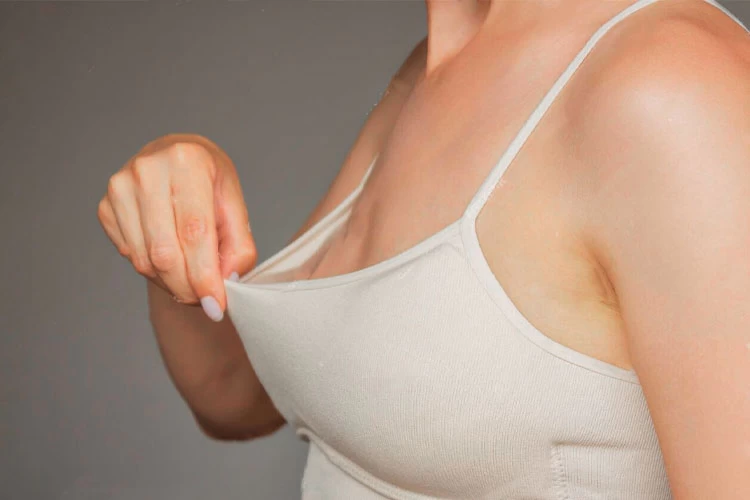

![Thigh Liposuction: How Does It Perform? + [Recovery] Thigh Liposuction](https://hws.raadinahealth.com/images/user_upload/blog/thigh-liposuction/closeup-shot-female-thigh_1712141911_main.webp)
